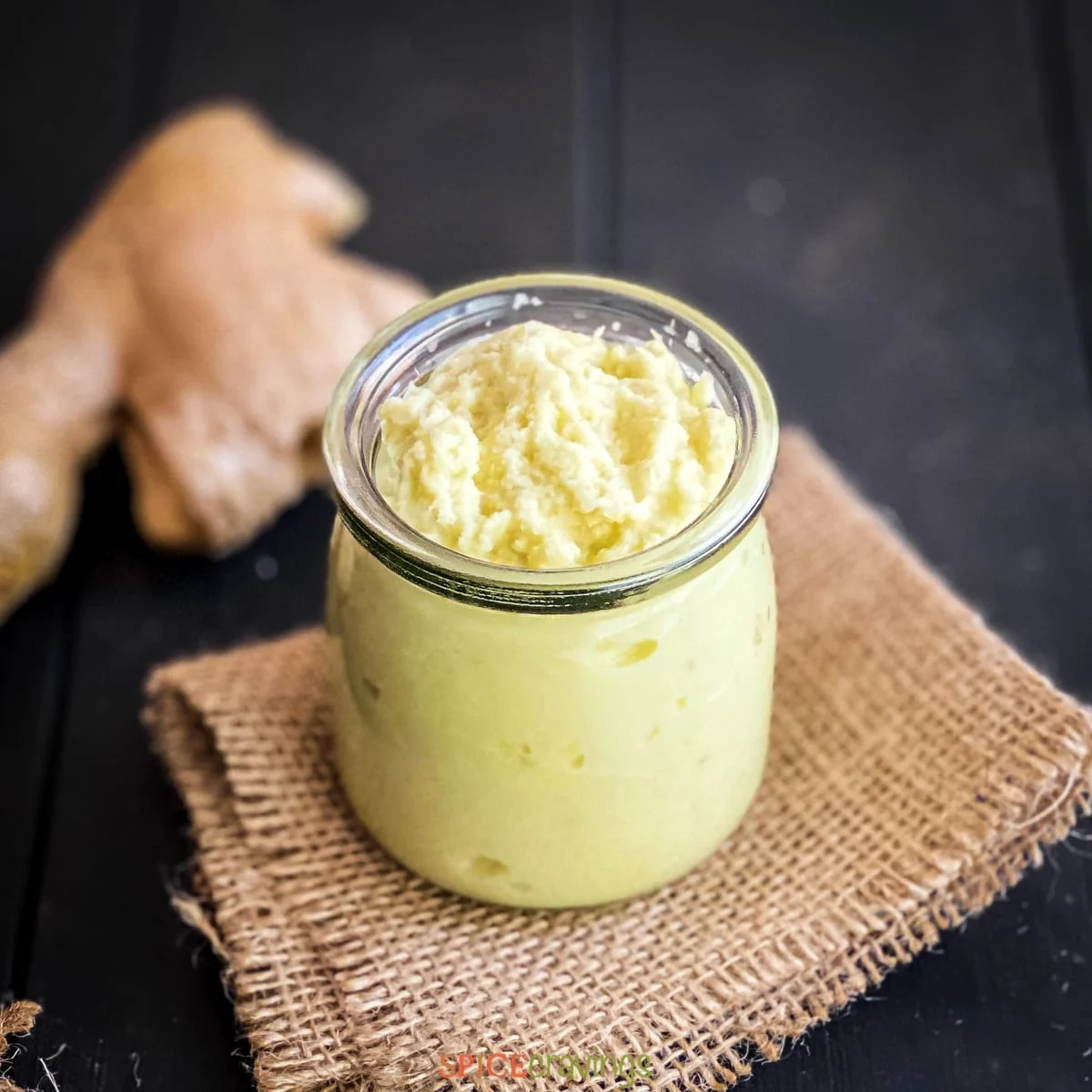

Articles
How To Store Ginger Roots
Modified: December 7, 2023
Learn how to store ginger roots properly with these helpful articles. Keep your ginger fresh and flavorful for longer with these storage tips.
(Many of the links in this article redirect to a specific reviewed product. Your purchase of these products through affiliate links helps to generate commission for Storables.com, at no extra cost. Learn more)
Introduction
Ginger is a versatile and aromatic root that adds a unique flavor to a wide range of dishes. Whether you use it in stir-fries, soups, smoothies, or desserts, having fresh ginger on hand can elevate your culinary creations. However, ginger roots can spoil quickly if not stored properly. In this article, we will explore the best methods for storing ginger roots to keep them fresh and flavorful for longer periods.
Ginger roots are typically sold in grocery stores or local markets, and selecting the right ones is crucial for optimal storage. When buying ginger roots, look for firm and plump roots with smooth skin. Avoid any that are soft, wrinkled, or blemished, as these signs indicate deterioration.
Preparing ginger roots for storage is an important step to ensure their longevity. Start by washing the roots gently under cold water to remove any dirt or debris. You can use a soft brush to scrub the skin, but be careful not to remove too much of it, as it contains a lot of flavor. Once clean, pat the roots dry with a paper towel.
Now that your ginger roots are ready, let’s explore different storage methods.
Key Takeaways:
- Keep ginger roots fresh by selecting firm, smooth, and young roots. Properly wash, dry, and store in the refrigerator with damp paper towels to maintain flavor and quality for up to 2-3 weeks.
- For long-term storage, freeze ginger roots after peeling and cutting. Flash freeze, then store in freezer bags for up to 3 months. Use root cellars or pantries for extended freshness, and follow simple tips to maximize flavor and shelf life.
Read more: How To Store Ginger Root
Selecting and Buying Ginger Roots
When it comes to selecting and buying ginger roots, a little knowledge can go a long way in ensuring you have the best quality roots for storage. Here are some tips to keep in mind:
- Look for fresh roots: Choose ginger roots that are fresh and relatively young. They should have a firm texture and be free of any soft or wrinkled spots.
- Inspect the skin: The skin of the ginger root should be smooth and free from dark or discolored patches. Avoid roots with mold or signs of decay.
- Avoid sprouting roots: Ginger roots that have started to sprout may indicate that they are older and past their prime. Opt for roots that have minimal or no sprouting.
- Consider organic options: If possible, choose organic ginger roots to minimize exposure to pesticides or chemicals.
- Buy in small quantities: Unless you plan on using ginger frequently, it’s best to buy ginger in smaller quantities to ensure freshness. This allows you to use it up quickly and buy fresh ginger for future use.
When purchasing ginger roots, you can find them at your local grocery store, farmer’s market, or specialty food stores. Look for roots that are displayed in a cool and dry area to ensure optimal storage conditions prior to purchase.
Remember, fresh ginger roots are the foundation for preserving their flavor and aroma during storage. By selecting high-quality roots, you set yourself up for success in extending the shelf life of your ginger.
Preparing Ginger Roots for Storage
Properly preparing ginger roots for storage is essential to maintain their freshness and flavor. Follow these simple steps to ensure your ginger roots are ready for storing:
- Wash the roots: Start by rinsing the ginger roots thoroughly under cool water. Use your fingers or a soft brush to gently scrub the skin, removing any dirt or debris. Be careful not to remove too much of the skin as it contains the ginger’s essential oils and flavor.
- Dry the roots: After washing, pat the ginger roots dry with a clean paper towel. Excess moisture can lead to mold and spoilage, so make sure the roots are completely dry before storing.
- Trim if necessary: Inspect the ginger roots for any damaged or bruised areas. If you come across any, carefully trim them away using a clean knife or vegetable peeler. Removing these imperfections helps prevent the spread of spoilage.
- Divide larger roots: If you have large ginger roots, consider dividing them into smaller pieces. This can make it easier to use specific amounts when cooking and can also help prolong the overall freshness of the ginger. Ensure that each piece retains a good portion of the skin for maximum flavor.
Once you have completed these steps, your ginger roots are now prepared for storage. It’s important to note that freshly prepared ginger roots have the best chance of remaining fresh for longer periods. Store them in a way that suits your storage preferences and usage patterns.
Storing Ginger Roots in the Refrigerator
The refrigerator is a convenient option for storing ginger roots as it helps to extend their shelf life. Follow these steps to store ginger roots in the refrigerator:
- Wrap in paper towels: Take a few pieces of paper towel and dampen them slightly. Wrap the ginger roots individually or in small groups with the damp paper towels. This will help prevent moisture loss and keep the roots from drying out.
- Place in a resealable bag: Put the wrapped ginger roots into a resealable plastic bag. Gently squeeze out any excess air before sealing the bag. This creates a humid microclimate within the bag, keeping the ginger roots moist.
- Label and date the bag: Use a marker or label to write the date of storage on the bag. This will help you keep track of how long the ginger roots have been stored and when they should be used by.
- Store in the vegetable crisper: Place the bag of ginger roots in the vegetable crisper drawer of your refrigerator. This area provides a cool and slightly humid environment, ideal for preserving the freshness of the ginger.
When stored properly in the refrigerator, ginger roots can last for up to 2-3 weeks. However, keep in mind that the longer ginger roots are stored, the stronger their flavor becomes. Take this into consideration when planning your recipes.
Remember to check on the ginger roots periodically and discard any that show signs of spoilage, such as mold or significant softening. By following these steps, you can enjoy fresh ginger whenever you need it without worrying about it going bad.
Store ginger roots in the refrigerator in a resealable plastic bag or airtight container. You can also freeze ginger for longer storage. Simply peel and grate the ginger, then freeze it in an airtight container or resealable bag.
Freezing Ginger Roots
Freezing ginger roots is a great option for long-term storage, especially if you have a large quantity or want to preserve their freshness for an extended period. Here’s how you can freeze ginger roots:
- Prepare the ginger roots: Wash and dry the ginger roots as mentioned earlier. Peel the ginger using a vegetable peeler or a spoon to remove the skin. This step is optional, but it makes the ginger easier to use later on.
- Cut into smaller pieces: Cut the peeled ginger into smaller, manageable pieces. You can slice it, chop it, or grate it, depending on your preference and how you plan to use it in recipes later.
- Flash freeze: Arrange the ginger pieces on a baking tray lined with parchment paper or a silicone mat. Make sure they are not touching each other. Place the tray in the freezer and allow the ginger to freeze for about 1-2 hours. This process, known as flash freezing, prevents the pieces from sticking together.
- Transfer to freezer bags or containers: Once the ginger pieces are frozen, transfer them into freezer-safe bags or airtight containers. Label the bags or containers with the date of freezing.
- Remove air and seal: Squeeze out any excess air from the bags or containers before sealing them tightly. This helps prevent freezer burn and maintains the quality of the ginger during storage.
- Store in the freezer: Place the bags or containers of ginger in the freezer. Store them in a flat position to save space and ensure even freezing.
Frozen ginger roots can be stored in the freezer for up to 3 months. When you need ginger for a recipe, simply take out the desired amount of frozen ginger and return the rest to the freezer immediately.
Note that frozen ginger will have a softer texture, so it’s best to use it in recipes where it will be cooked or blended. Freezing is an excellent option for preserving ginger roots without compromising their flavor and aroma.
Read more: How To Store Ginger And Turmeric Root
Storing Ginger Roots in a Root Cellar or Pantry
If you have access to a root cellar or a cool, dark pantry, storing ginger roots in these spaces can be a great alternative to refrigeration or freezing. Here’s how you can store ginger roots in a root cellar or pantry:
- Choose a suitable storage location: Look for a cool, dark, and well-ventilated area in your root cellar or pantry. The temperature should be between 50-55°F (10-13°C). Avoid areas that are prone to temperature fluctuations or excessive moisture.
- Prepare the ginger roots: Wash and dry the ginger roots thoroughly. Trim any damaged or bruised areas. Leave the skin intact, as it helps to preserve the flavor and protect the ginger during storage.
- Keep the ginger roots dry: It’s important to store ginger roots in a dry environment to prevent mold growth. Place a layer of dry newspaper or hay at the bottom of a cardboard box or a wooden crate to absorb any moisture and create a cushioning layer.
- Arrange the ginger roots: Place the ginger roots in a single layer on the newspaper or hay, ensuring that they are not touching each other. Avoid overcrowding the roots, as it can accelerate spoilage and restrict airflow.
- Cover and store: Cover the ginger roots with additional layers of dry newspaper or hay to provide insulation and protection. Close the lid of the box or crate loosely to allow for proper ventilation.
- Check regularly: Periodically check the ginger roots for any signs of decay or mold. Remove any spoiled roots immediately to prevent contamination.
When stored properly in a root cellar or pantry, ginger roots can last for several weeks, if not months. The cool and dark environment helps to slow down the natural aging process, allowing you to enjoy fresh ginger for a longer period.
Remember to maintain the storage conditions consistently by monitoring temperature, humidity, and inspecting the ginger roots regularly. With proper care, your ginger roots will remain fresh and ready to use whenever you need them.
Tips for Maintaining Ginger Root Freshness
To ensure the longevity and freshness of ginger roots, here are some additional tips to keep in mind:
- Store uncut ginger roots: Uncut ginger roots have a longer shelf life compared to peeled or cut ginger. If possible, keep the ginger root intact until you are ready to use it.
- Avoid moisture: Ginger roots are susceptible to moisture, which can lead to mold growth and spoilage. Make sure the roots are completely dry before storing them using a paper towel or air-drying.
- Keep away from sunlight: Exposure to sunlight can cause ginger roots to dry out and lose flavor. Store them in a cool, dark place away from direct sunlight.
- Do not store near strong odors: Ginger can easily absorb odors from other strong-smelling foods. Keep it away from pungent items like garlic, onions, or spices to preserve its own distinct flavor.
- Check for freshness before use: Prior to using ginger, inspect it for any signs of spoilage, such as mold, soft spots, or an unpleasant smell. Discard any ginger that appears to be off.
- Use a ginger grater: If you only need a small amount of ginger for a recipe, consider using a ginger grater or microplane to grate it directly from the frozen state. This allows you to use just what you need without defrosting a larger piece.
- Consider pickling or candying: If you have excess ginger that you won’t be able to use before it spoils, consider pickling or candying it. These preservation methods not only extend the shelf life of ginger but also add unique flavors that can be used in various culinary creations.
By following these tips, you can maximize the freshness and flavor of your ginger roots, ensuring that you can enjoy their unique taste and aroma in your dishes for an extended period of time.
Conclusion
Ginger roots are a versatile and flavorful ingredient that adds a delightful kick to a wide range of dishes. By knowing how to properly select, prepare, and store ginger roots, you can ensure their freshness and maximize their shelf life.
When selecting ginger roots, opt for firm and plump roots with smooth skin, avoiding any signs of deterioration. Properly washing and drying the roots before storage helps maintain their quality and prevents mold or decay.
Storing ginger roots in the refrigerator is a convenient option, where wrapping them in damp paper towels and placing them in a sealed bag in the vegetable crisper creates a cool and slightly humid environment for preservation.
If you have an excess amount of ginger or want to keep it for a longer period, freezing is an excellent method. By blanching, cutting, and flash-freezing the ginger, you can maintain its flavor and texture for up to 3 months.
For those with access to a root cellar or pantry, storing ginger roots in a cool, dark, and well-ventilated area can prolong their shelf life. Proper insulation and regular monitoring are key to maintaining their freshness in these storage spaces.
Furthermore, adhering to a few simple tips such as storing uncut ginger roots, avoiding moisture, protecting them from sunlight, and checking for freshness before use, can go a long way in preserving the quality of ginger roots.
In conclusion, by following these guidelines, you can ensure that your ginger roots remain fresh, flavorful, and ready to enhance the taste of your culinary creations. Whether you choose to store them in the refrigerator, freezer, root cellar, or pantry, proper storage techniques will allow you to enjoy the burst of flavor that ginger brings to your favorite recipes for an extended period.
Frequently Asked Questions about How To Store Ginger Roots
Was this page helpful?
At Storables.com, we guarantee accurate and reliable information. Our content, validated by Expert Board Contributors, is crafted following stringent Editorial Policies. We're committed to providing you with well-researched, expert-backed insights for all your informational needs.
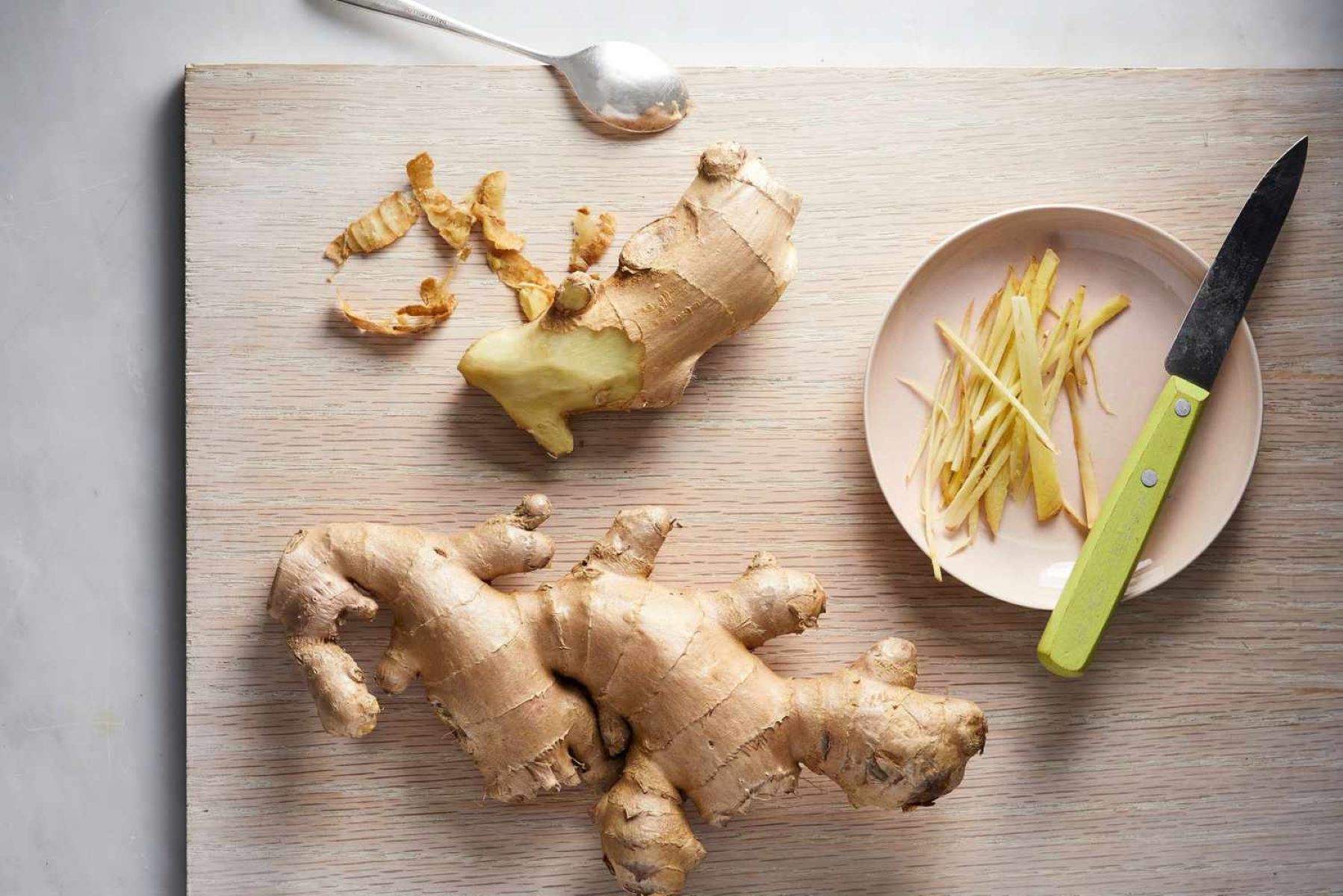
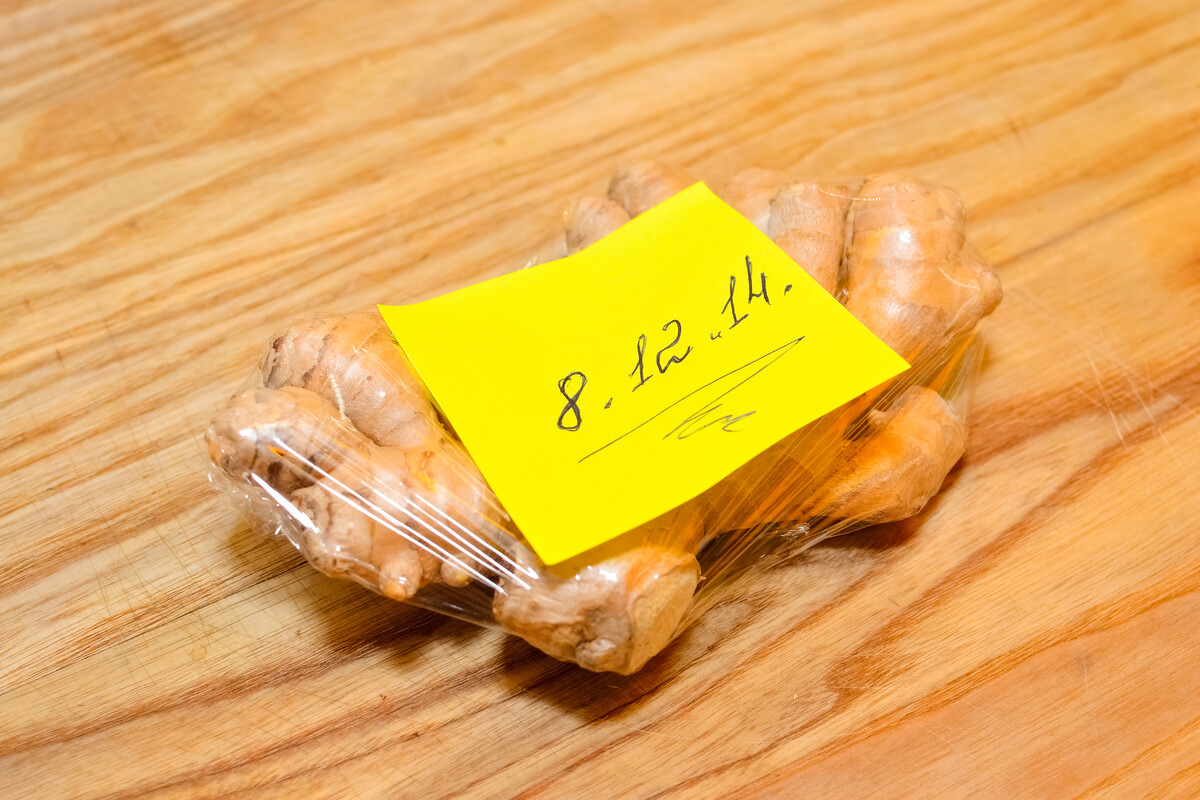

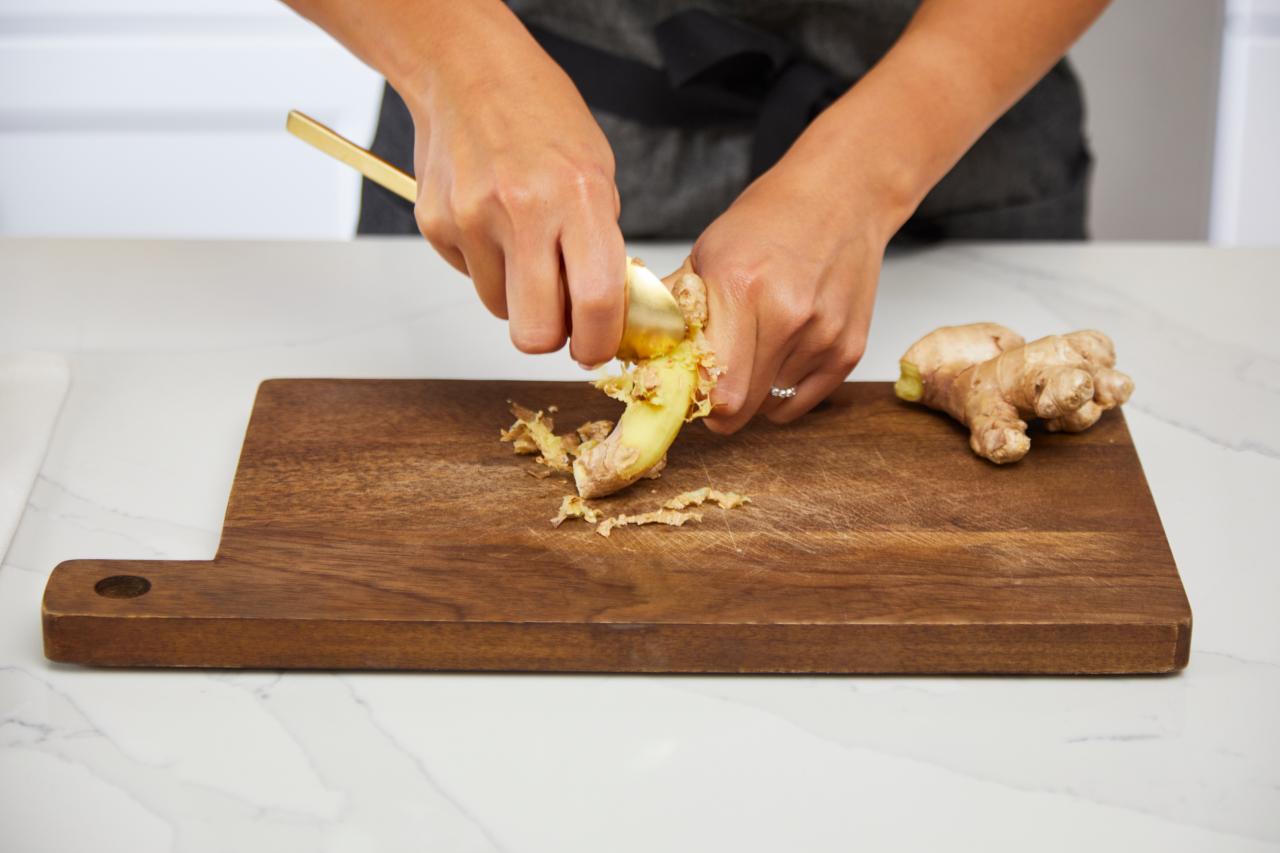
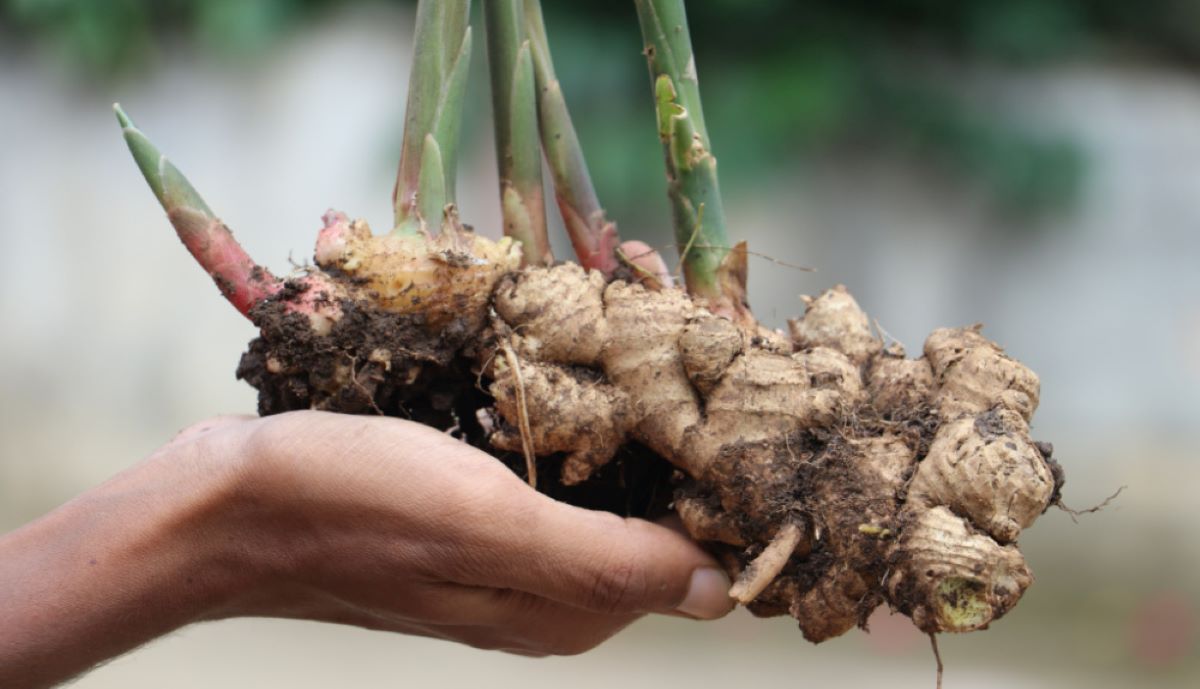
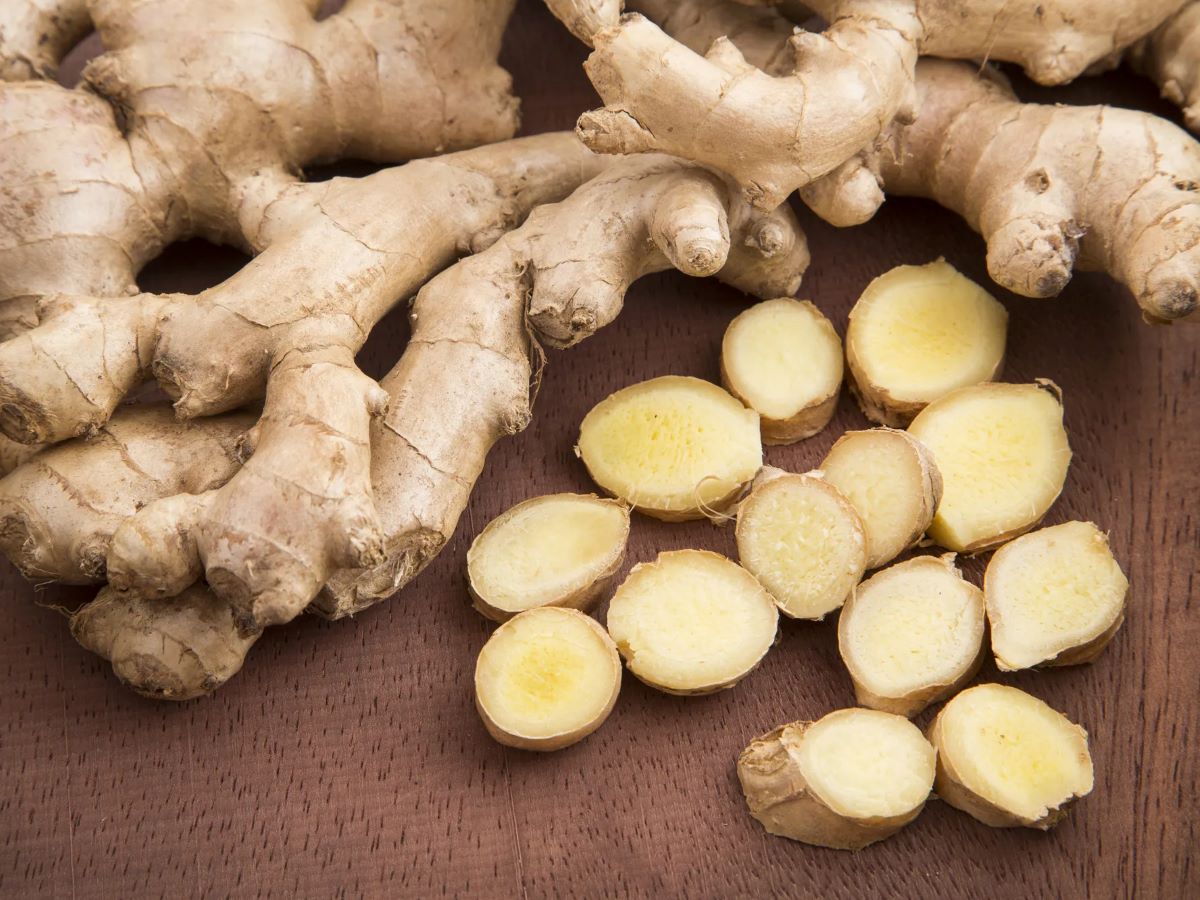
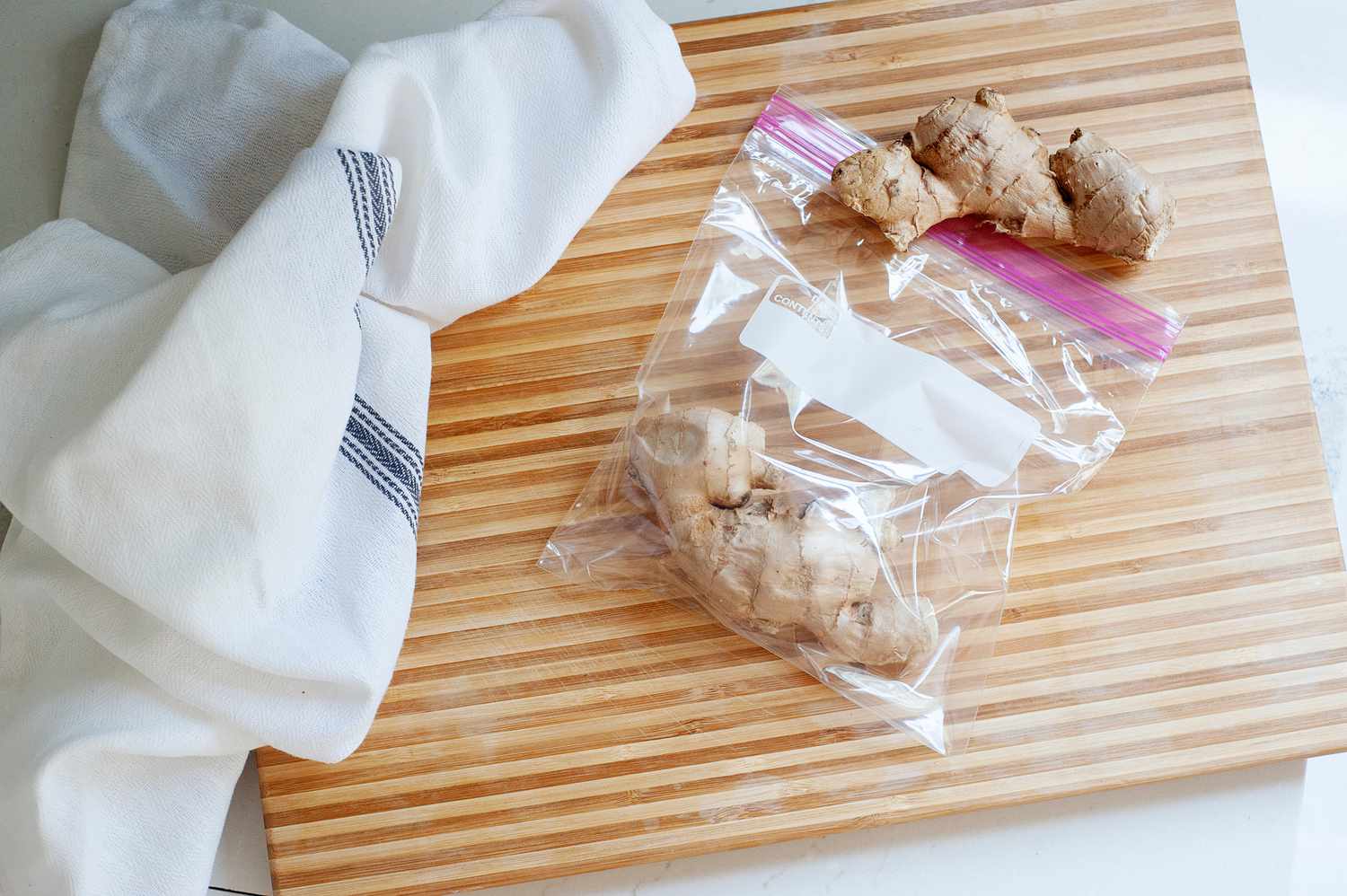
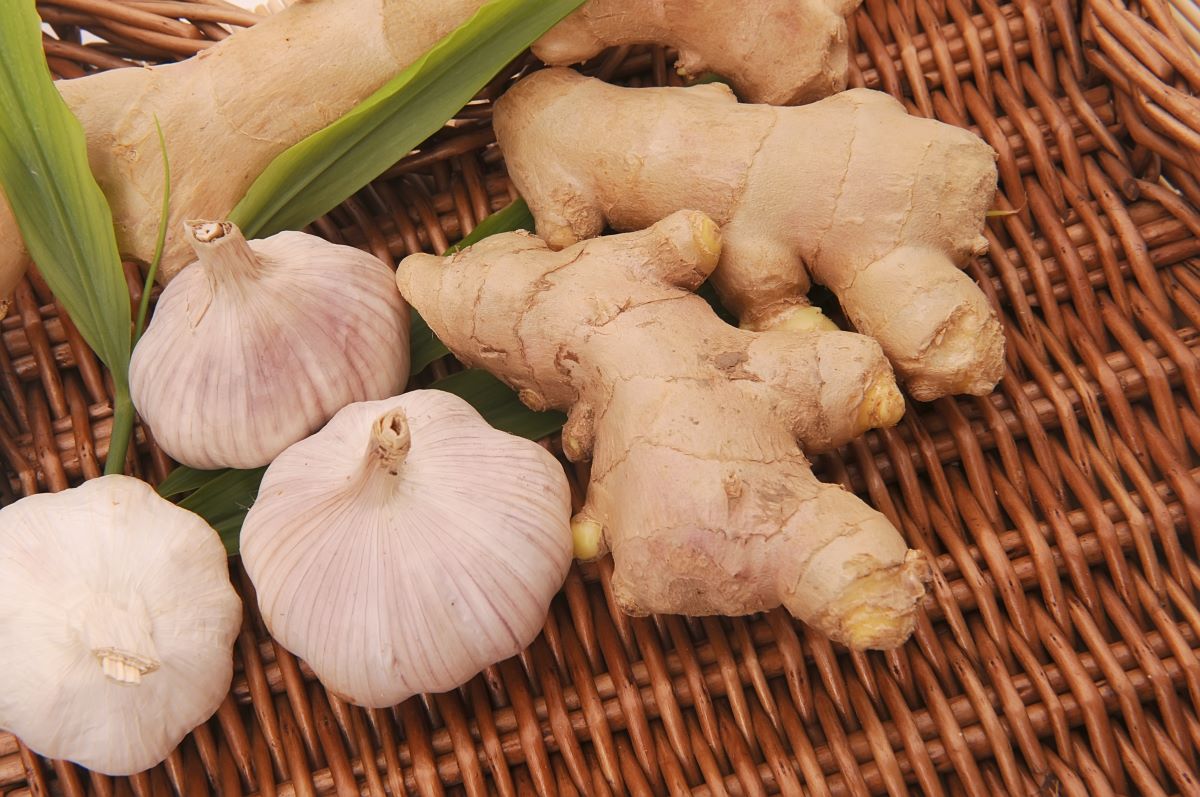
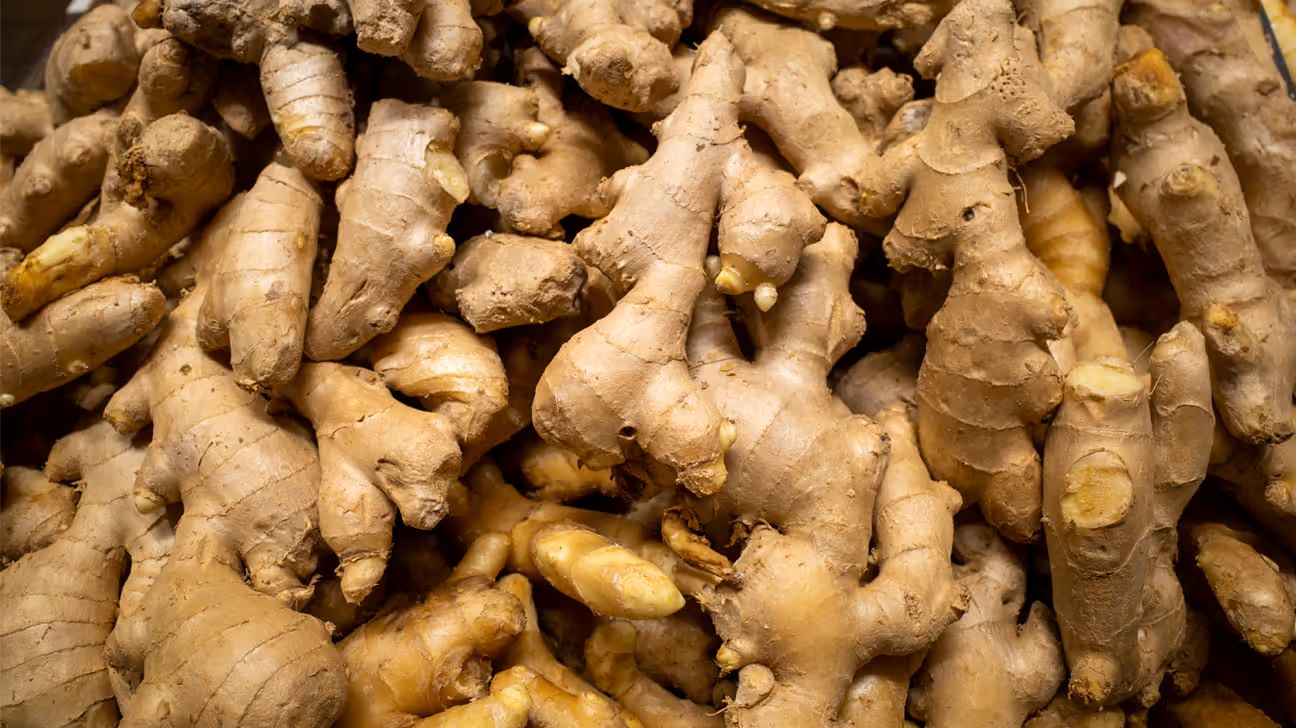
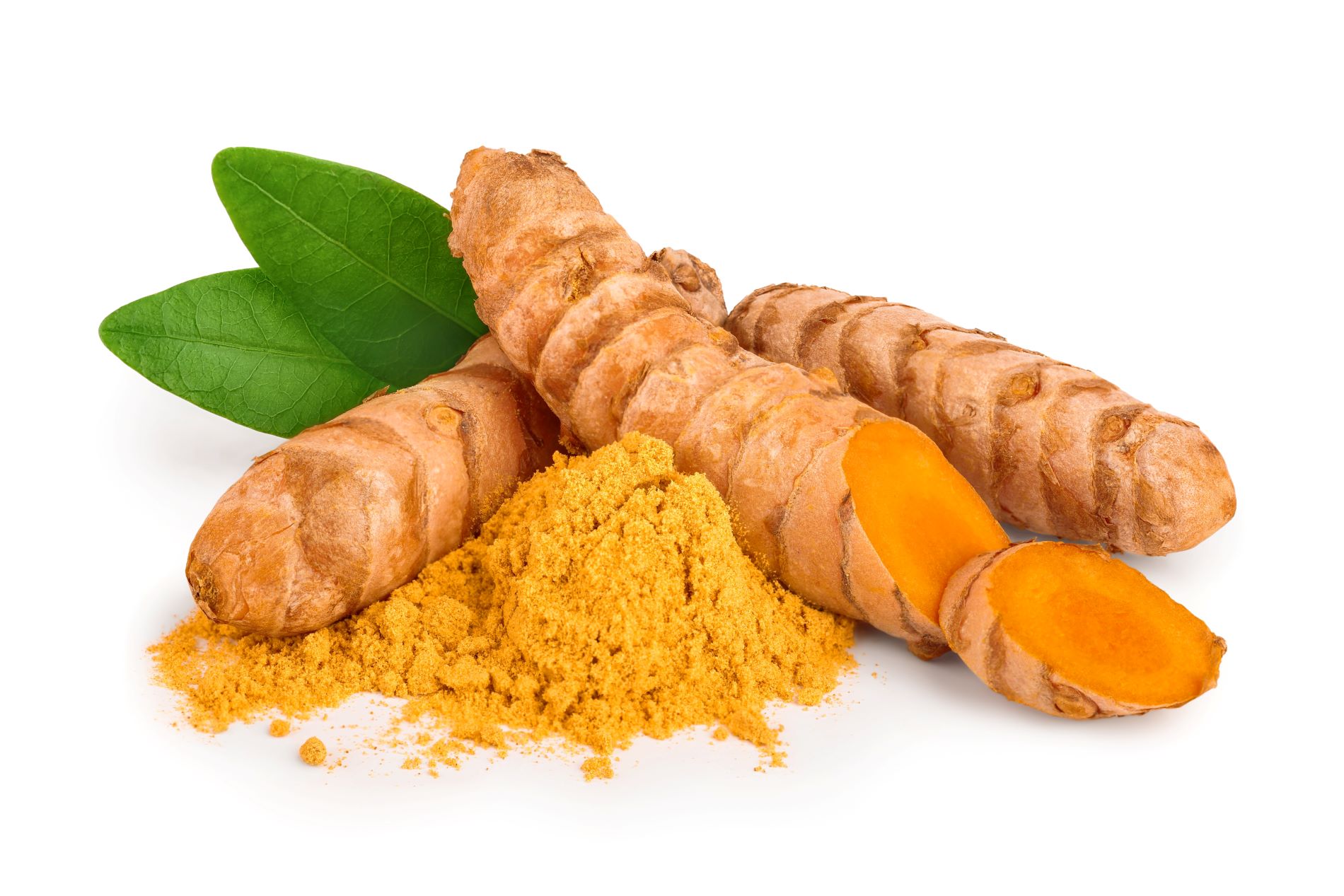
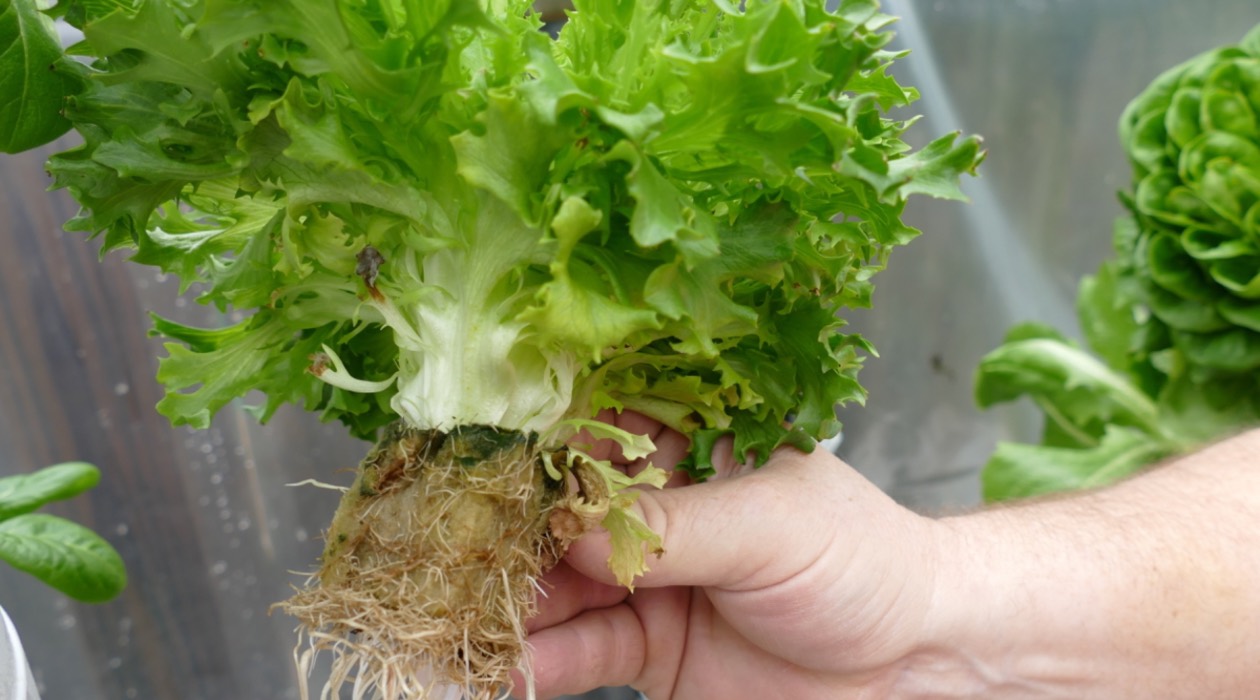
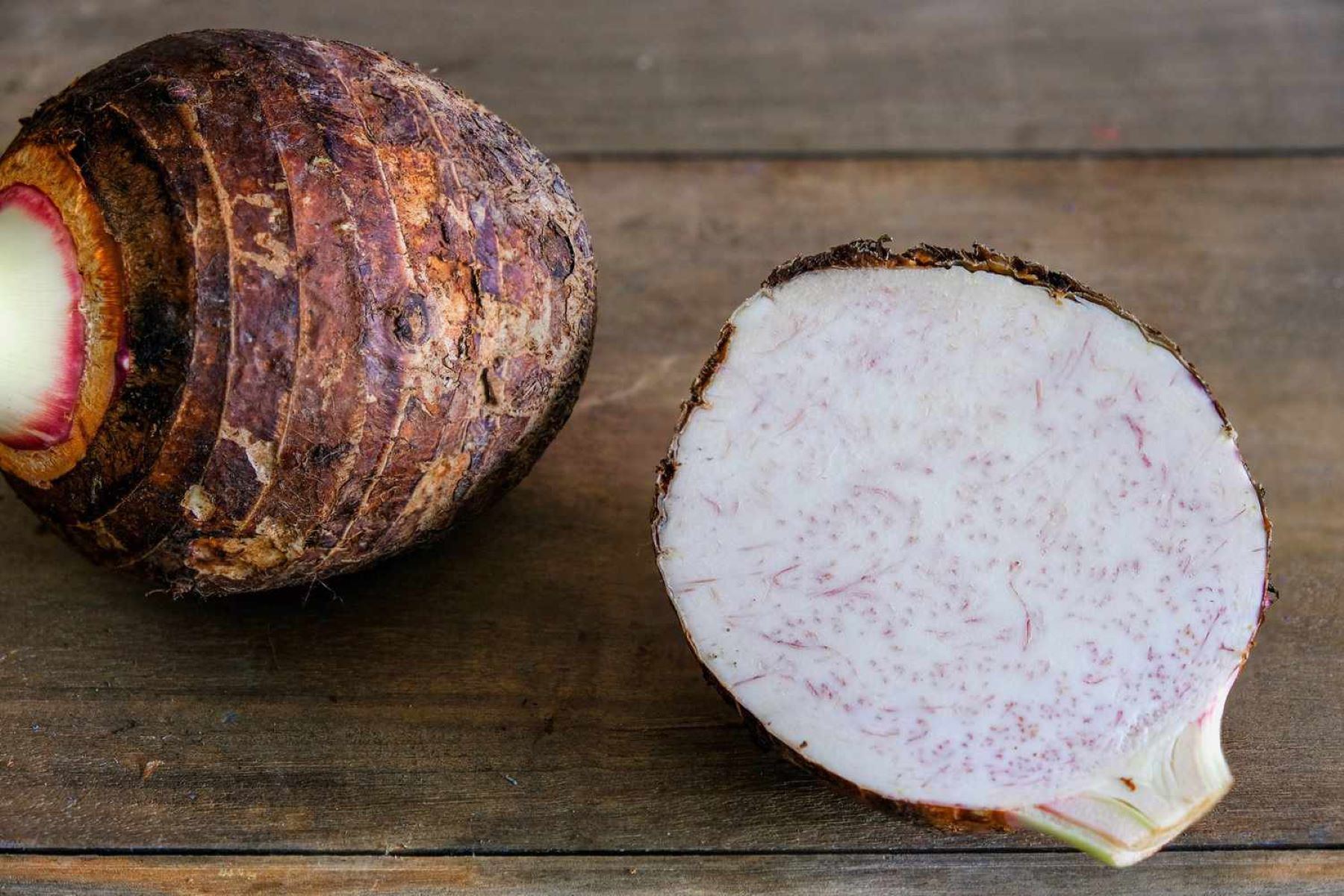
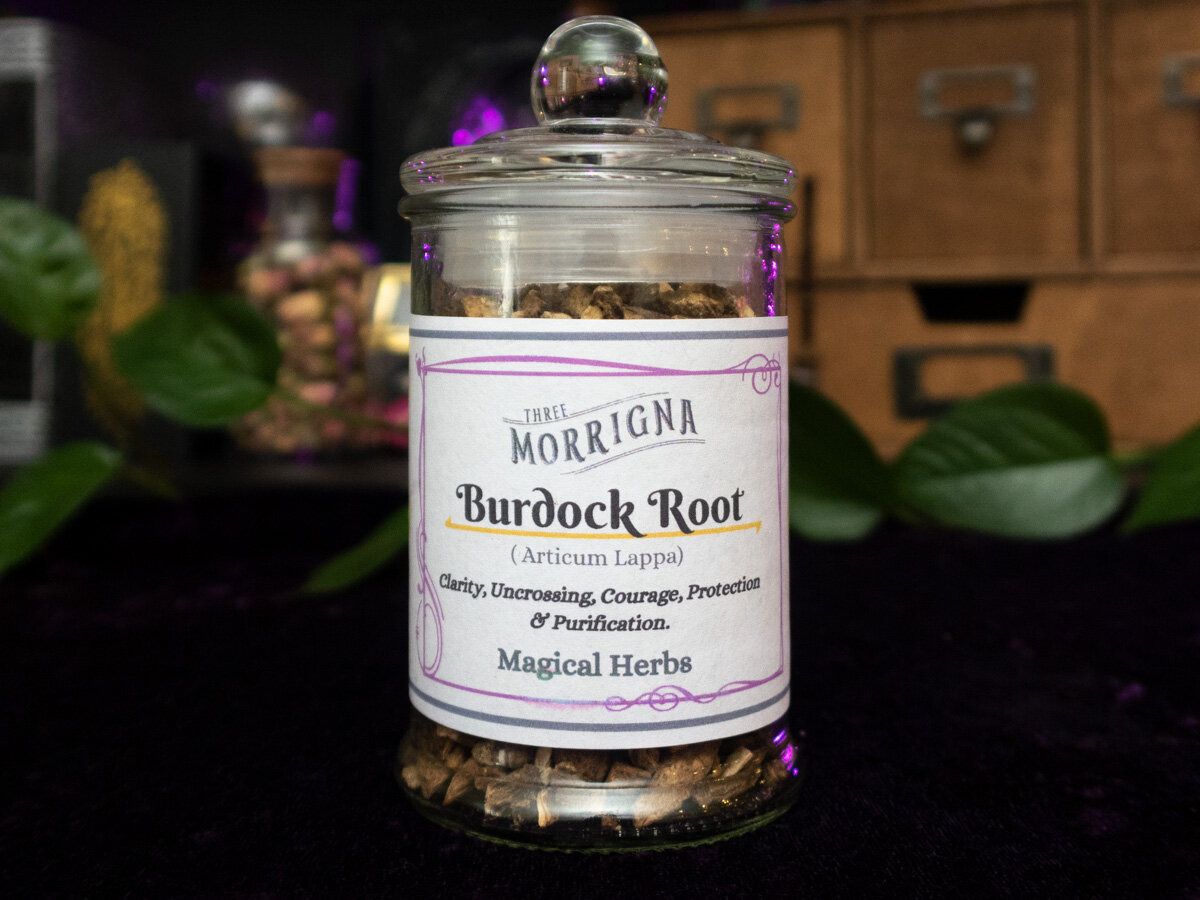


0 thoughts on “How To Store Ginger Roots”